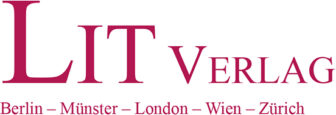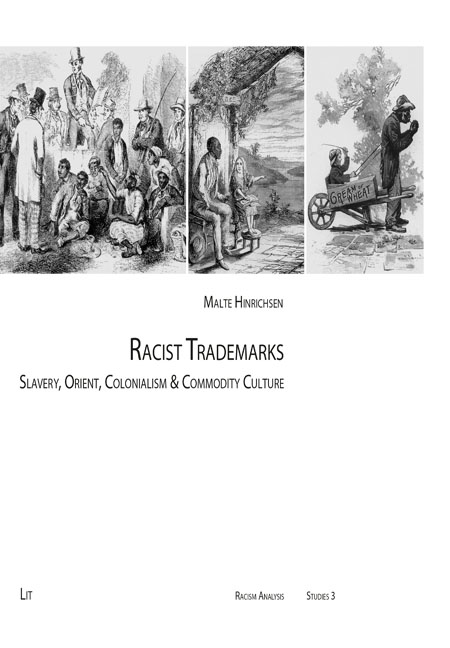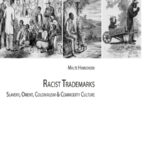Beschreibung
Since the beginning of commodity culture, products have been marketed with images reflecting racist concepts of otherness. Using the prominent examples of three companies – Uncle Ben’s, Sarotti and Banania – Malte Hinrichsen examines how racist trademark figures were established in the U.S., Germany and France and built on nation-specific processes of racial stereotyping. While Hinrichsen finds that the three figures mirror their national histories of slavery, Orientalism and colonialism, he reveals that their paths through popular culture also followed strikingly similar patterns. Conceived in an era of overt racism, each symbol was challenged by social movements over the course of the 20th century and became increasingly marginalised in promotional activities. In the early 2000s, however, all three figures were relaunched with supposedly new makeovers, hitting once again at the heart of commodity culture and illustrating the subtle prevalence of racist stereotypes.
Malte Hinrichsen studied Socioeconomics, and Cultural and Social History at the University of Hamburg, and the University of Essex. Currently, he is a PhD candidate at the University of Hamburg and his research interests include the representations of race in advertising and popular culture.


